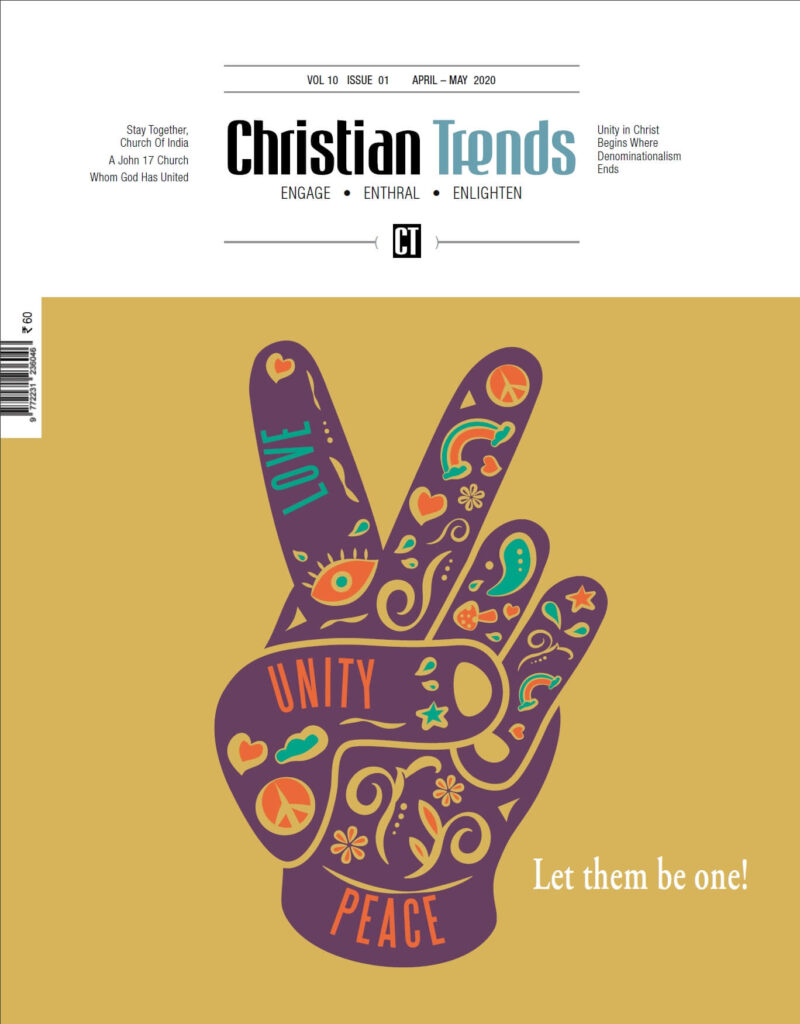Meera Nanda begins her book, Science in Saffron, with one of the old Rajnigandha advertisements. The commercial reproduces a young Indian man studying in a university somewhere in the West. A professor in mathematics class challenges him, along with other Chinese and European-looking students, to solve a mathematical equation. The other student retorts that solving such a difficult problem could take at least seven hours to three days. Our Indian student, however, is bored and doesn’t pay attention to what is going on. Finally, when asked his take on it, our hero takes a spoonful of Rajnigandha pan masala and solves the problem in no time. While the other students cheer him, he humbly says, “Jawab to hum pehle se hi jaante the, sawal ka intezaar karna hamari tehzib hai” (we knew the answer all along, but waiting for the question is our culture). Nanda then goes on to argue how this attitude—all that science discovers is already mentioned in our religious books—has become part of many religious narratives that attempt to engage with science.
… We think the Bible is supposed to have answers to all our questions to qualify as the “true” revelation of God… If we face a question that seems to be outside the purview of the Bible, we feel the trustworthiness and the authority of the Bible is compromised. This leads us to defend it…
Though Nanda’s targets are those displaying uncritical sympathy to what has come to be known as Vedic Science, the attitude of many Christians prove that the gamut of her argument can be extended to them as well. Take, for instance, the current outbreak of coronavirus. While there have been sincere biblical approaches to engage with it, what has become popular on social platforms such as WhatsApp, Instagram and Facebook is a different story. Some suggest that it is a sign of the wrath of God that certain groups of people brought upon the world by not abiding by the dietary restrictions of the Old Testament. Others suggest that it is the “beast”, “plague” or the “pestilence” to be brought forth by the rider of the white horse in the book of Revelation that has arrived now to announce the end of the world. Reportedly, some non-Christians have even begun to read the Bible after they heard their Christian friends make these claims!
In this respect, the jingoism of the man in Rajnigandha commercial and our attitude to the Bible run parallel. Both, with their twitchy ears, are waiting for the question. And as soon as it arrives, their fidgety fingers run across the sacred book of culture or the Bible respectively, to find the answer and claim, “Jawab to hum pehle se hi jaante the, sawal ka intezaar karna hamari tehzib hai”. This simplistic response saves us from two difficulties: first, we don’t have to tell anyone the answer before the question is posed because, or as we would like to put it, it goes against our culture of humility (did you hear any Christian talk about coronavirus before its appearance?); and, second, because it helps us appear intellectual, though in reality it makes us appear dumb (at least to those who, having seen our efforts, are now even more convinced than before about the irrelevancy of the Bible).
But why this twitch? Because, or so we think, the Bible is supposed to have answers to all our questions to qualify as the “true” revelation of God. And by all answers we mean, even coronavirus, and if possible, to foster greater authenticity, the Bible needs to have the exact word etched out in its pages. If we face a question that seems to be outside the purview of the Bible, we feel the trustworthiness and the authority of the Bible is compromised. This leads us to defend it, which in itself is a good motive nonetheless. However, if our attitude of defending the Bible’s authority is like that of Rajnigandha’s genius, it is tragically wrong.
But when the bigger picture is ignored, what follows is easy cherry picking of phrases and concepts that fit our predetermined answers.
It is wrong because it thrives on a false pride of knowing all the answers, while being disturbingly ignorant of and detached from the grand godly scheme that undercuts the Bible’s very content. This grand scheme concerns who God is, how He relates with humanity in Jesus, and how our relationship with Him changes us, our relationship with others and our world, including our attitude to pandemics like coronavirus. Historically this grand scheme has been summarised in many creeds and endorsed over centuries.
But when the bigger picture is ignored, what follows is easy cherry picking of phrases and concepts that fit our predetermined answers. Theologians call this process eisegesis. Conversely, if we are aware of the macro picture, we may be more informed and, therefore, more modest, earnest and genuine in looking for the micro answers. The attitude then is not so much about giving all the answers because we know them already, but about knowing the design, the framework that can place us in a better position to seek answers to the questions that encounter us. This means that when pestilence strikes us, we don’t flip through the pages of the Bible to be blissfully assured that since such a pestilence was mentioned word for word in the Bible, it has to be divinely inspired, but to remind us that “even though I walk through the valley of the shadow of death, I will fear no evil, for you are with me”. It is to remind us that God has stood true to His character through all episodes of pestilence, and since this is so, we can face such pestilences without fear and with trust in Him.
In a sense, then, we are, after all, like Rajnigandha’s genius—we know all the answers. But unlike him, we know them indirectly—we may not know each answer word for word, but we know a framework that is capable of answering these questions meaningfully. As we grapple with new questions of our times, we can be certainly assured that this framework that has stood the test of time will once again come to our aid in finding answers, in the right direction and with the right attitude.






